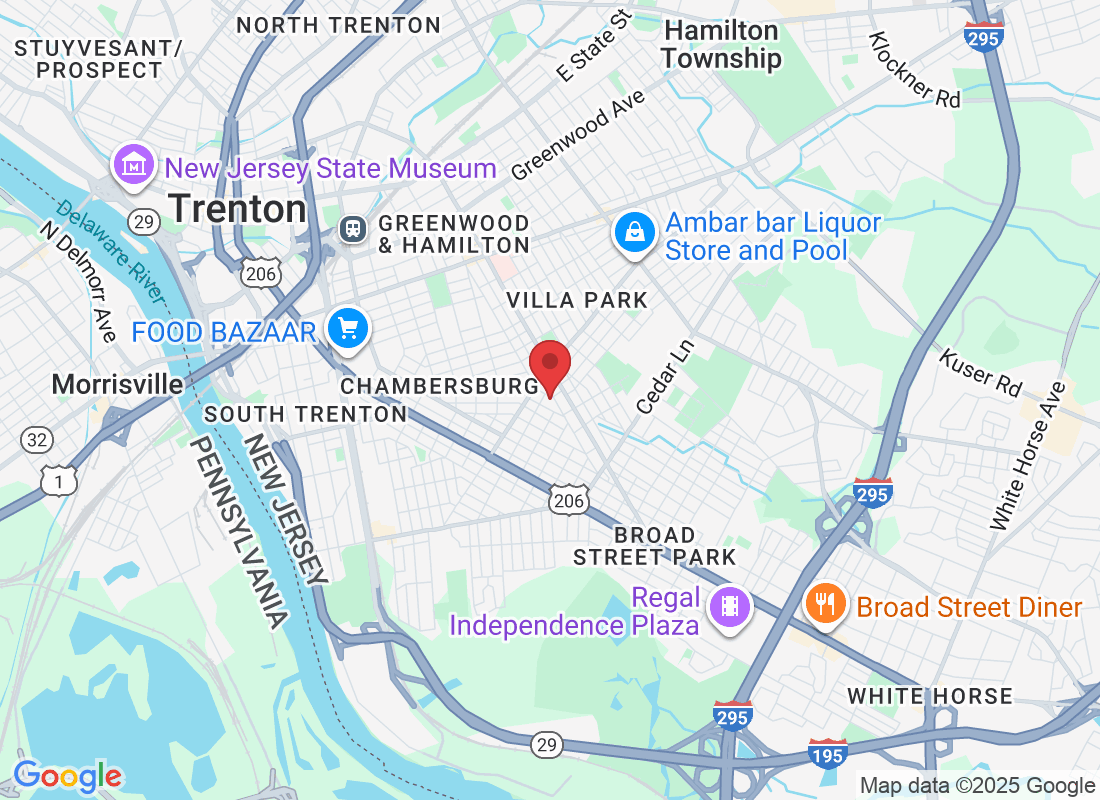
Phase I Environmental Site Assessment (ESA) FAQ
A Phase I ESA is a detailed review of a property’s history and current conditions to identify potential environmental risks such as spills, leaks, or past uses that may have caused contamination. It follows the most up-to-date version of the ASTM E1527 standard and is recognized by the U.S. EPA as the first step in environmental due diligence.
Who needs a Phase I ESA?
A Phase I ESA is commonly required for:
• Buyers – to protect against hidden liabilities before closing.
• Lenders and banks – as part of loan approval.
• Attorneys – to protect clients from compliance and liability risks.
• Developers – before construction or redevelopment.
• Sellers – to provide assurance to buyers and smooth transactions.
Even properties that look clean can carry hidden risks. A Phase I is the most cost-effective way to confirm environmental status before a deal.
Does a Phase I ESA include soil or groundwater testing?
No. A Phase I ESA is strictly a records and site inspection review—it does not include sampling or laboratory testing. If evidence of contamination (called a Recognized Environmental Condition or REC) is found, a Phase II ESA is typically recommended.
What does a Phase I ESA include?
A Phase I ESA includes:
• Historical records review (aerials, Sanborn maps, city directories)
• Regulatory database searches (NJDEP and federal)
• Review of past environmental reports
• Site inspection for potential contamination sources
• Interviews with owners, occupants, or local officials
Oak Environmental provides clear, lender-ready reports that meet ASTM and NJDEP expectations.
How long does a Phase I ESA take?
Most Phase I ESA reports can be completed in 10–15 business days. Oak Environmental prioritizes fast turnaround to keep real estate deals on track without sacrificing compliance or report defensibility.
How long is a Phase I ESA valid?
A Phase I ESA is valid for 180 days from the date of the report. After that, lenders and attorneys may require an update to maintain regulatory protection.
What happens if the Phase I ESA identifies a Recognized Environmental Condition (REC)?
If a REC is found, Oak Environmental will:
1. Clearly explain the issue in plain language.
2. Recommend next steps—usually a Phase II ESA with soil, groundwater, or vapor sampling.
3. Provide cost and timing expectations so clients can make informed decisions.
Why choose Oak Environmental for my Phase I ESA?
Oak Environmental is trusted across New Jersey because we:
• Deliver bank- and attorney-accepted reports.
• Explain findings clearly, without jargon.
• Work quickly to protect deals and financing timelines.
• Employ Environmental Professionals with decades of NJDEP compliance experience.
Our mission: Clarity. Protection. Fast Results.
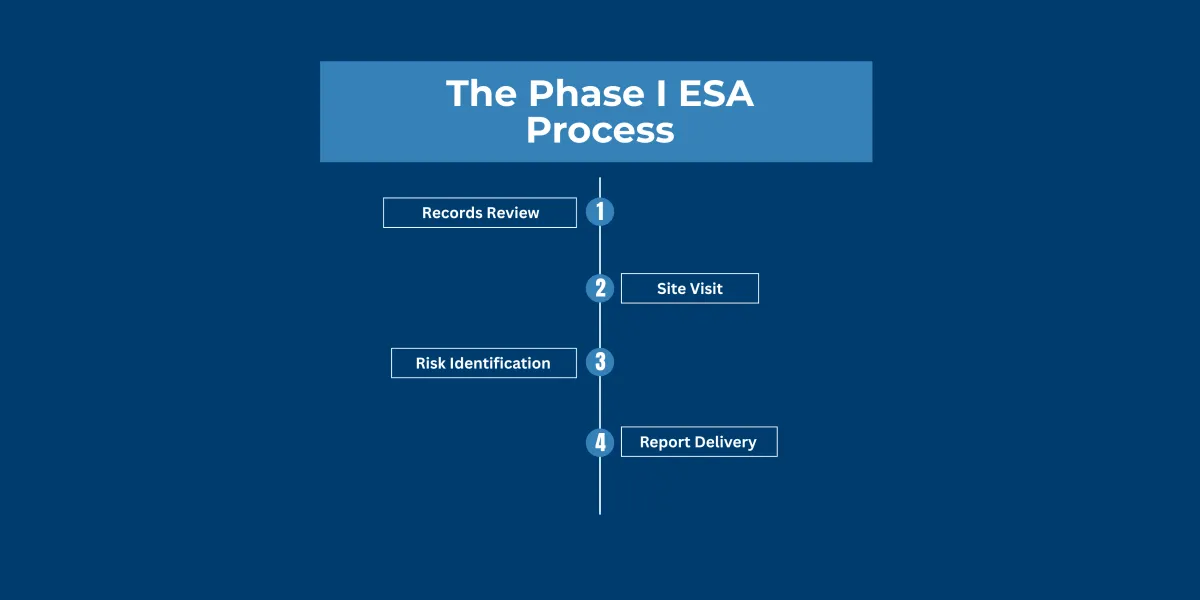
Valid for 180 Days – Protect Your Investment
FREE GUIDES
Protect your deal and your budget.
Get our free guides to NJ environmental issues before you commit.
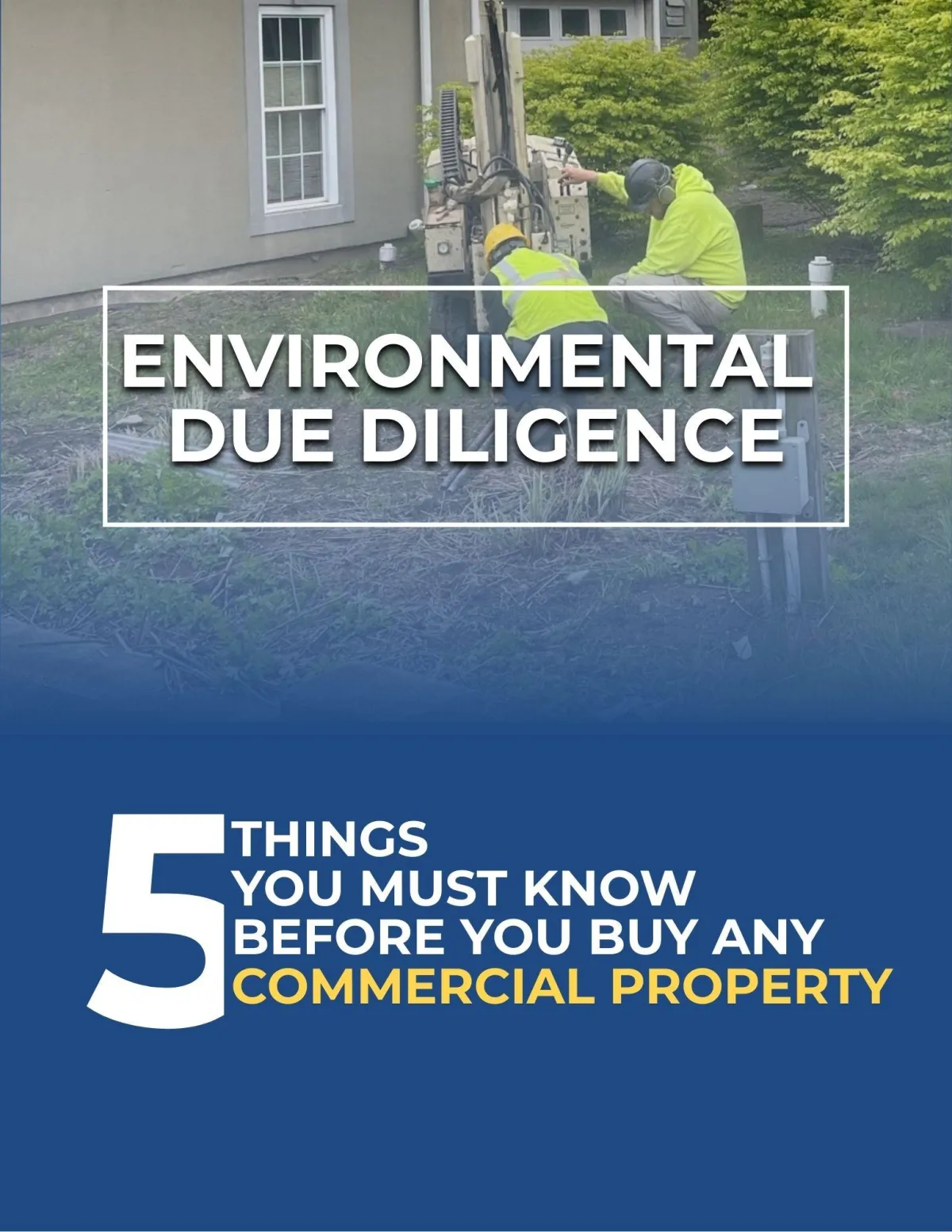
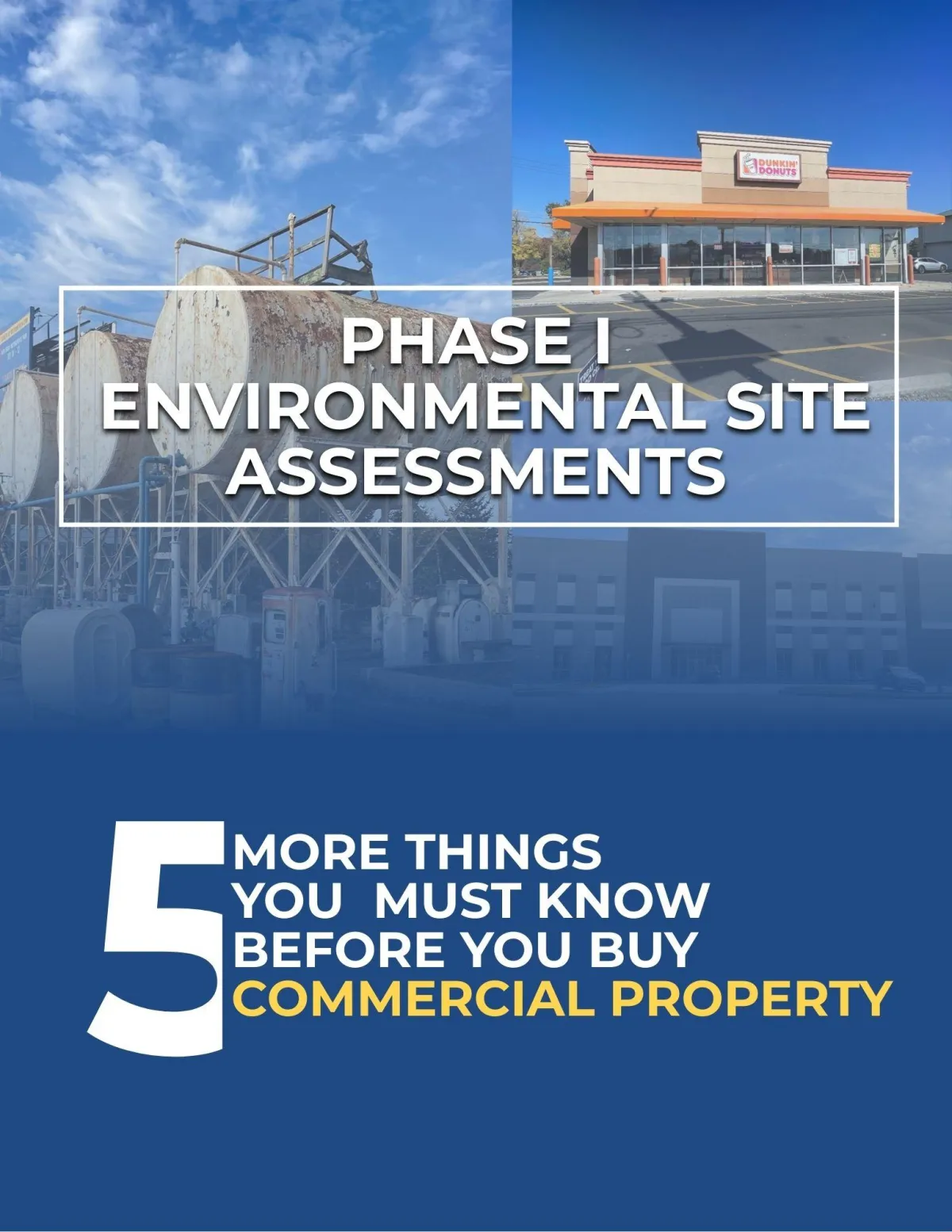
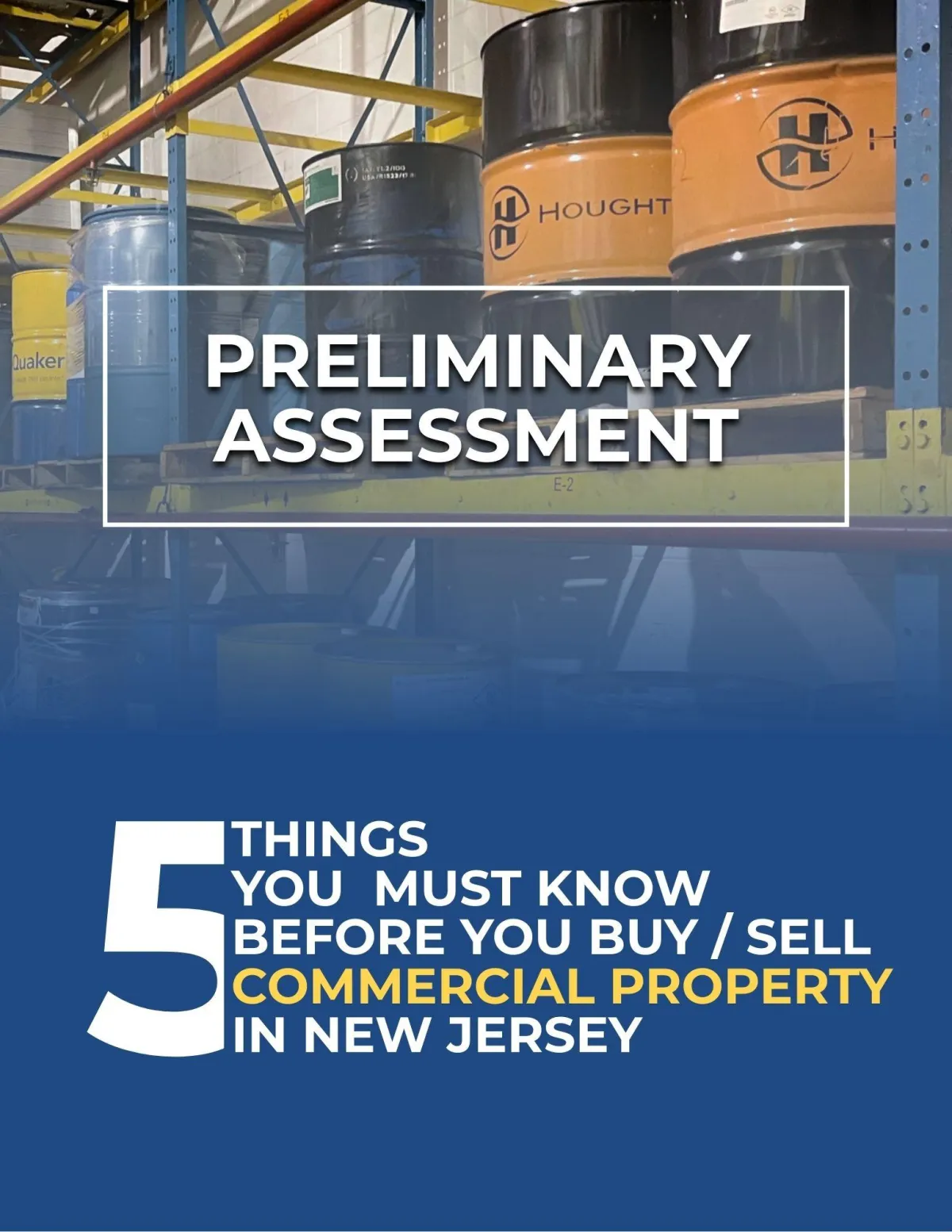

Contact Us
Ready to Solve It?
Let’s Talk.
Safe. Simple. Compliant.
We Help You Solve Environmental Problems
At Oak Environmental, we check properties for problems and help clean them up. We make sure everything follows the rules. You’ll get clear answers, fast help, and no surprises.
127 Vroom St, Trenton, NJ 08610
551-525-3211

Serving all of New Jersey with fast, expert environmental due diligence, investigations, and remediations.
Clear answers. Strong protection. Real results.
Quick Links
Support
Copyright 2025. Oak Environmental Consulting and Services. All Rights Reserved.
